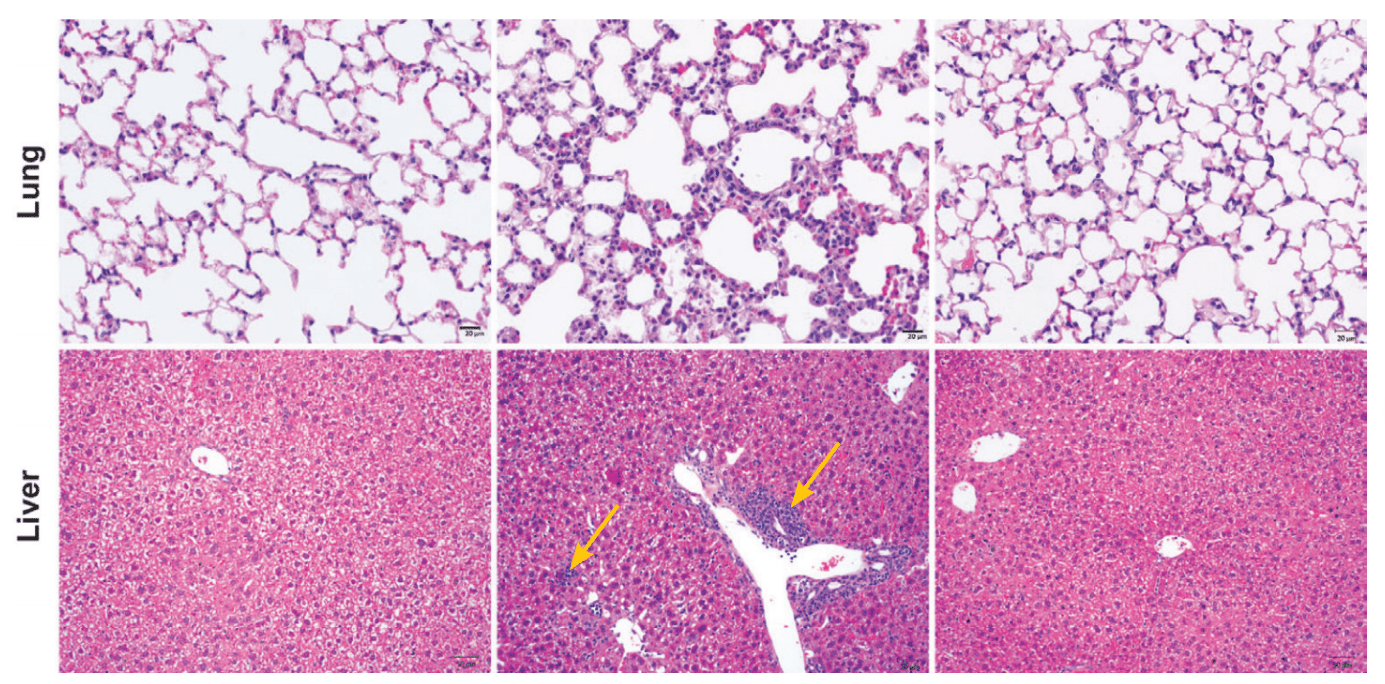Novel Treatment May Help Manage Cytokine Storms, Reduce CAR-T Risks
Published January 2022 | Science Immunology
Whether it’s children coping with rare autoimmune diseases or cancer patients receiving promising new immune therapies, many clinicians and scientists have been working to reduce the risks of patients experiencing a potentially deadly cytokine storm. Now, a team from Cincinnati Children’s reports early-stage success at taming these immune system over-reactions by disrupting signals emanating from activated T cells.
The team developed a mouse model that mimics the cytokine storm that can be triggered by chimeric antigen receptor T cell (CAR-T) therapy. The model helped them identify a critical signaling node used by effector memory T cells (TEM) to mobilize a broad proinflammatory program in the innate immune system.
The findings show that these signals can be disrupted, both through gene editing and with small molecule compounds. Without treatment, 100% of mice induced to experience a cytokine storm died within five days. But 80% of mice treated with antibodies to block TEM signals survived at least seven days.
“This discovery is important because we have shown, in mice, that the systemic inflammatory pathways involved in this type of T cell-driven cytokine storm can be mitigated,” says corresponding author Chandrashekhar Pasare, DVM, PhD, co-director of the Center for Inflammation and Tolerance at Cincinnati Children’s. “More work will be needed to confirm that the approach we used in mice can also be safe and effective for humans. But now we have a clear target to pursue.”
While people with SARS-CoV-2 also have suffered cytokine storms, this “sterile” form of runaway inflammation differs significantly from systemic inflammation triggered by a viral infection, Pasare says.
In addition to Pasare, the study included three lead authors: Margaret McDaniel, Aakanksha Jain, and Amanpreet Singh Chawla, PhD, all formerly with Cincinnati Children's.

These microscope images of mouse lung tissue (top) and liver tissue (bottom) compare immune cell infiltration between healthy control mice (left), untreated mice experiencing auto-immune cytokine storm (middle) and mice receiving antibody treatment to block T cell-induced activation of inflammatory cytokines. Arrows indicate periportal and lobular infiltrates in the liver.




